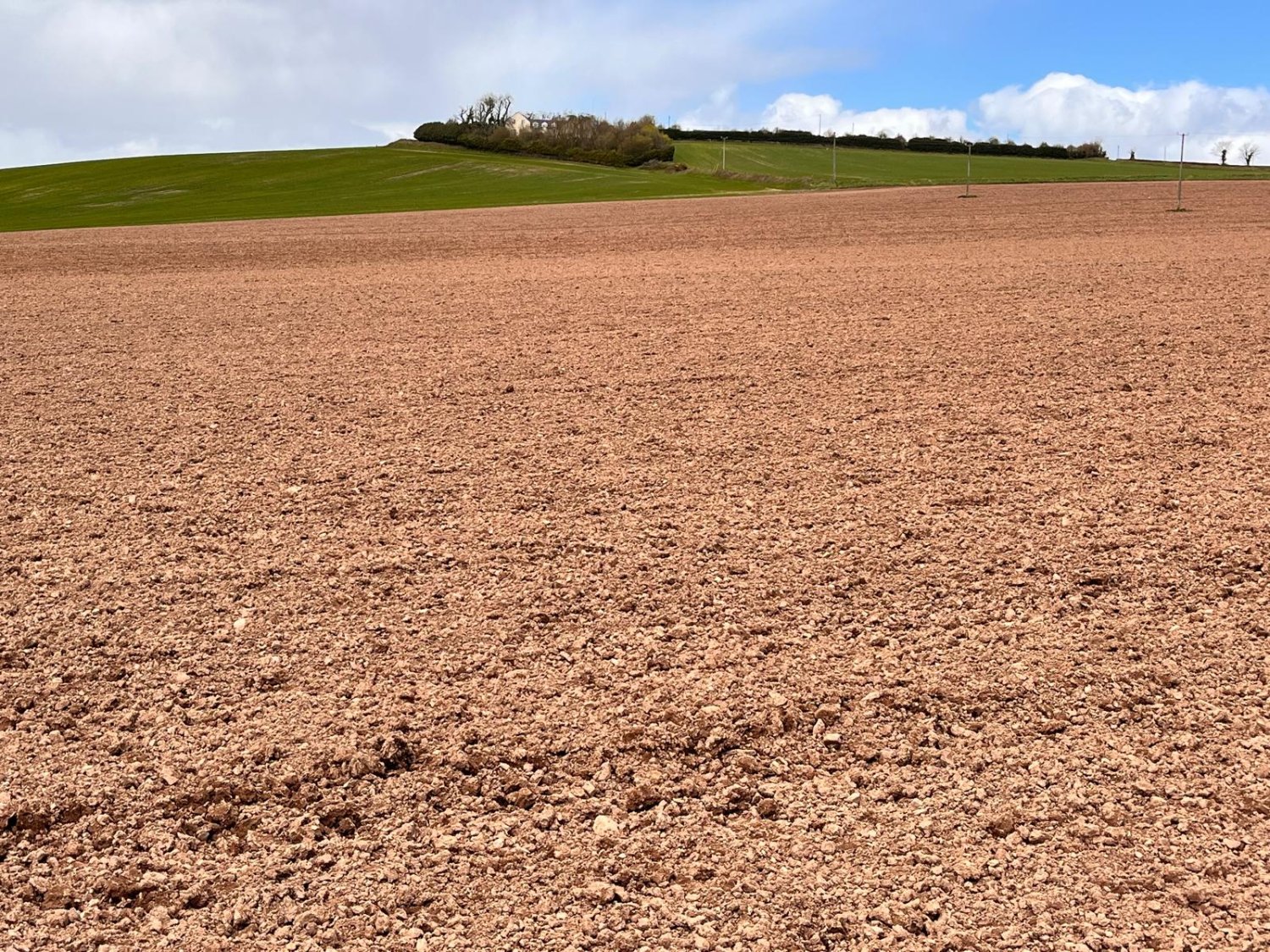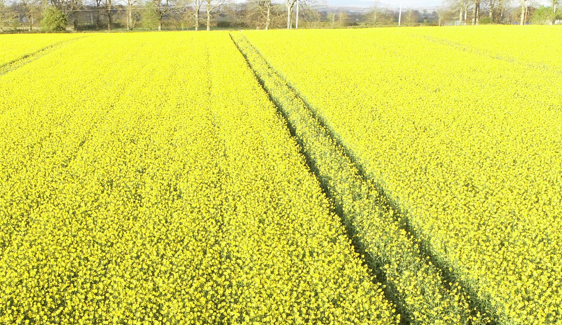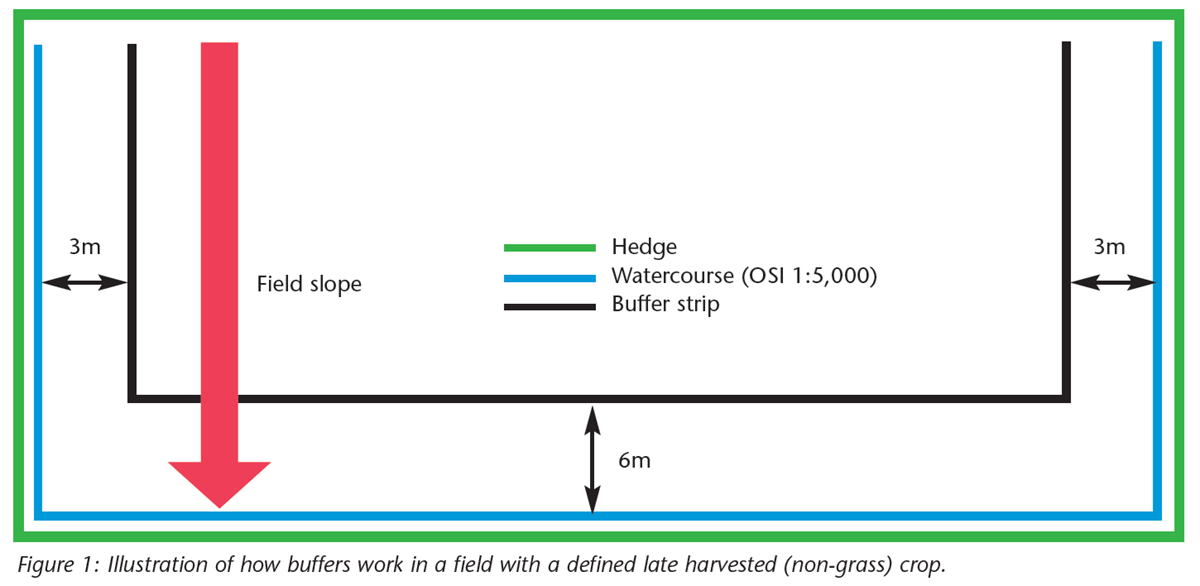
Teagasc Crop Report
Crop Report Number 6 2024
Crop Report Number 6 2024

To view the full report you must have an existing account with Teagasc ConnectEd.
Farmers sign in hereAlready have a ConnectEd account? Connected Client or Teagasc staff log in here
Revised Crop Margins
The Teagasc costs and returns 2024 have been revised to help growers to make cropping decisions and mitigate risk while taking account the late planting of spring crops this year.
The revised crop margins are based on three separate sowing periods;
April 11 – 20; April 21 – 30 & May 1 -10
- Gross margins are based on expected yield range within each sowing period
- Gross margins are based on normal growing conditions, i.e. no drought
- Grain prices are based on current forward price offers @ 20% moisture for cereal & beans
Maize and beet not included as there is no change from the published version in January.
Red Clover may also be seen as an option for some growers. See details and costings for Red Clover here
The revised margins do not take account of the €100/ha payment announced by Minister Charlie McConalogue on Saturday 13 April.
Crop establishment in a difficult spring
Despite the change in weather outlook soil conditions are extremely challenging for soil cultivation.
Growers will seek to balance the need to get a crop in as soon as possible, with the need to have acceptable seedbed conditions; avoid subsurface compaction: and to get a good proportion of the planned area sown. There are many other areas which are worth considering, see more here
Spring beans
The decision on whether to plant spring beans in mid April 2024 is complex. Low yields can be expected and in a normal growing season spring bean crops will not be ripe for harvest until mid September, or possibly later. Earlier harvest normally results from drought and consequent low yields.
However there are other factors to be considered this year. The protein payment for beans makes makes spring beans financially attractive. In the revised Teagasc costs and returns for 2024 it only takes 3.0t/ha of spring beans to leave a positive margin (€136/ha). The fact that the protein payment is guaranteed, estimated at €450/ha, offers a layer of security for the business. Rotation on the farm and the consequences of losing a valuable break crop is another important consideration.
With regards to the protein payment DAFM have confirmed that the crop must be sown to commercial stand with the aim of harvesting a crop
Information on varieties, seed rates and weed control are all available.
Spring cereals
There is very little spring cereals sown to date. Land is just starting to dry out and the majority of spring cereals will be sown in late April and early May. The majority of the area will be sown to barley but seed is limited. Spring wheat can still be sown for wholecrop silage and there will be demand for good quality oats.
Late sown oats will normally be lower yielding however there are some premium markets available for oats if the crop can reach minimum specification which is normally 52 kph (important to check contract obligations). In 2018 when oats was last sown in mid/late April the average yield from the Teagasc harvest report was 5.7t/ha @ 52.6 kph. Lower yields were recorded in the DAFM variety trials for 2018 but kph was similar.
Check out the revised Teagasc costs & returns for 2024 for crop margins.
Please create an account to view hidden content
Winter Wheat
Winter wheat crops are moving quickly with many jobs stacking up over the last few weeks, PGR herbicides trace elements and wild oat control have all been applied in recent weeks. Leaf 3 emergence is being carefully monitored at the moment with a wide variation between crops.
Please create an account to view hidden content
Winter Oilseed Rape
Crops are in early to mid flower at this stage, the last nitrogen is being applied in some crops that were somewhat backward otherwise fertilisation is now complete. Sclerotinia applications are due in the coming weeks.

Please create an account to view hidden content
Winter barley
The majority of crops are at GS 32/33 with a range from GS 31 in later sown crops to GS 37 in earlier planted or faster developing varieties like Joyau. Overall disease levels are low but there are some reports of rhynco in Cassia. Due to difficult weather up to now some crops have not received a fungicide, wild oat herbicide or growth regulation. There are a few reports of BYDV in the south.
Please create an account to view hidden content
Winter Oats
Crops are looking very leggy at the moment but when you dissect them down they are at about GS 32 at the moment. Crops are generally clean, while the final split of nitrogen and PGR are now due.
Please create an account to view hidden content
Spring Oilseed Rape
Spring oilseed rape has often been the forgotten crop or the last drilled on many tillage farms. It is the crop that often gets little care or attention and is only drilled after all other crops timings have elapsed. With risk of drilling spring cereals which are likely to give a poor margin spring oilseed rape can still be planted in good time and provide a break crop in wheat rotations.
Please create an account to view hidden content
Peas
Combining Peas commonly known as green peas have a small but dedicated following among growers predominantly in the old Batchelors growing area around Athy. They are a good source of protein and are not restricted the same way as beans in animal diets due to the tannins. While relatively inexpensive to grow they can be difficult to harvest.
Please create an account to view hidden content
Maize and Fodder Beet
The area maize and fodder beet is expected to increase in 2024. Where tillage farmers are growing fodder crops on contract for livestock farmers it is advisable that a Contract Forage Agreement is in place.
No planting has taken place yet but some reminders;
- For maize, Calaris/Croplink Maizekleen is now only for use for maize crops in the open.
- 2024 will be the last season for the beet herbicide triflusulfron-methyl (Debut, safari Lite, Shiro).
- Last Date of Sale by Distributors/ Retailers 20/05/2024.
- Last date of use 20/08/2024.
- Don't forget buffer zones. A 6m buffer for intersecting watercourse applicable to maize & beet.

Further information is available on Maize and Beet.